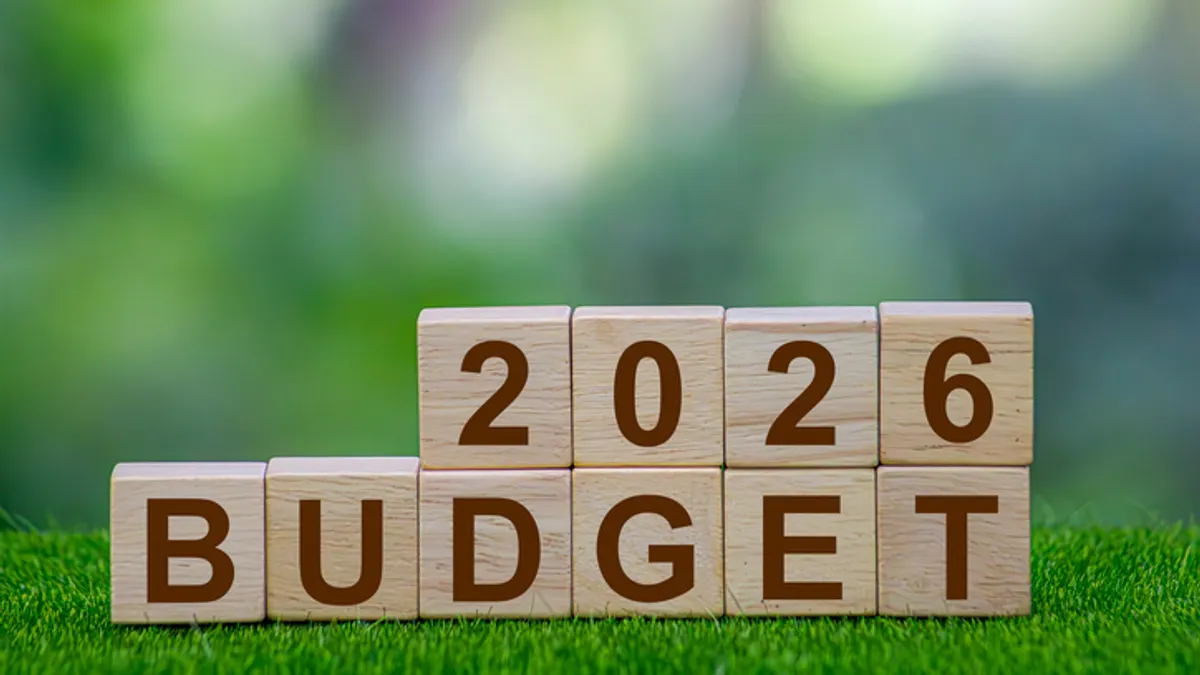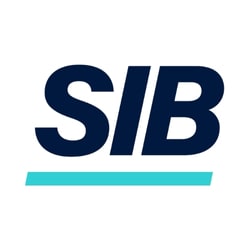Back-office tech investment is a way to increase operating leverage when you’re growing and scaling as a young company, Cartegraph CFO Ben Murray told CFO Dive.
Cartegraph is a recurring-revenue company whose software helps local governments keep tabs on their work orders and physical assets such as street lights and fire hydrants.
Murray touts the importance of operating leverage as a proxy for how efficiently a company is growing. If you're posting strong revenue growth but also seeing your operating expenses grow in tandem, it could be a red flag. You might be devoting too much to costs that ideally should be shrinking on a percentage basis over time.
"You get caught in this trap that you're growing but your cash flow's not improving," he said. "Your margins are flat or decreasing."
By contrast, your cost-of-goods-sold (COGS) is expected to grow in tandem with your revenue growth because the two are linked together.
"Over the long run, we're always pushing for modest improvement in gross margins, but we also must continue to invest in our COGS infrastructure to support our revenue streams," he said. "So, we expect our COGS to scale at almost the same rate."
For a typical software-as-a-service (SaaS) company, COGS includes technical support and customer success teams, professional services, and development operations (DevOps).
Unlike COGs, operating expenses (OpEx) should decrease as a percentage of your revenue because they’re broader than COGS and, over time, should be treated as much like fixed costs as possible.
These expenses include general and administrative (G&A), sales and marketing, and research and development (R&D).
"Of course, we continue to invest in these departments as revenue increases," said Murray. "But we want to see some efficiency as a percent of revenue over time."
Ideally, these costs should increase like a staircase: staying flat for a while before growth makes it necessary to boost them and then flattening again.
"We're financially profiling where we should be in a couple years so, as we're growing, we look for certain targets we need to hit before increasing those expenses," he said.
Calculating operating leverage
There are different ways to calculate operating leverage. Murray prefers to do it by splitting the profit and loss (P&L) statement into two, with the top half showing revenue minus COGS, which results in gross profit, and the bottom half showing gross profit minus operating expense, which results in operating income. If you add back depreciation and amortization, the bottom half of your P&L gives you earnings before interest, taxes, depreciation and amortization (EBITDA).
By separating gross profit from either operating income or EBITDA you can track the variable expenses rising and falling depending on the rise or fall of your gross profit or margin and, separately, the rise and fall of your operating expenses.
Murray's go-to metric is year-over-year change in EBITDA to gross profit. He sets the scale maximum for positive operating leverage at one dollar. In this way, if he achieves $1 of operating leverage, it means he's kept his operating expenses flat on a period-over-period basis.
As key a metric as it is, he doesn't measure his operating leverage on anything less than a quarterly basis, otherwise the data become too volatile to be useful.
Communication issues
Maintaining a strong operating leverage becomes a communication issue, Murray suggested, because business leaders in the company will see growth as a validation of their effort and will reasonably try to use that to add people or otherwise boost operating costs. But it's the CFO’s role to push back as needed until performance benchmarks are reached.
"Individuals and leaders see revenue growth and say, 'Hey, that gives me permission to hire more heads,'" he said. But if your goal is to keep operating expenses down as a percentage of profits, you need to temper the urge to spend more.
It helps if the CFO walks through the analysis to show which costs directly link to increased sales (COGS), and which don't. "For example, will sales and marketing, R&D and G&A eventually drive revenue growth, or are they needed to support the infrastructure?"
If they help support infrastructure, wait until reaching your next revenue milestone before justifying additional investment in your operating expense, he said.
Improving leverage
In addition to setting benchmarks for when to increase operating costs, you can improve operating leverage by cutting costs in a way that doesn’t impair your ability to grow.
For Murray, technology, especially in the finance and accounting side, is one way to do that.
"Better systems can help us become more efficient," he said. "Batch invoicing, revenue recognition, sales tax compliance and general reporting — these are all a huge help."
At his company, Murray has transitioned several back-office systems to help his team do their work quicker and with fewer errors. "We've changed accounting systems, travel and expense systems, and signed up for a sales tax compliance and reporting system," he said. "That’s definitely been the key to both efficiency and also better insights and reporting."
Put another way, improving operating leverage isn't just about keeping headcount and other operating costs down; it's about finding technology and other solutions that can help you increase efficiency.





















